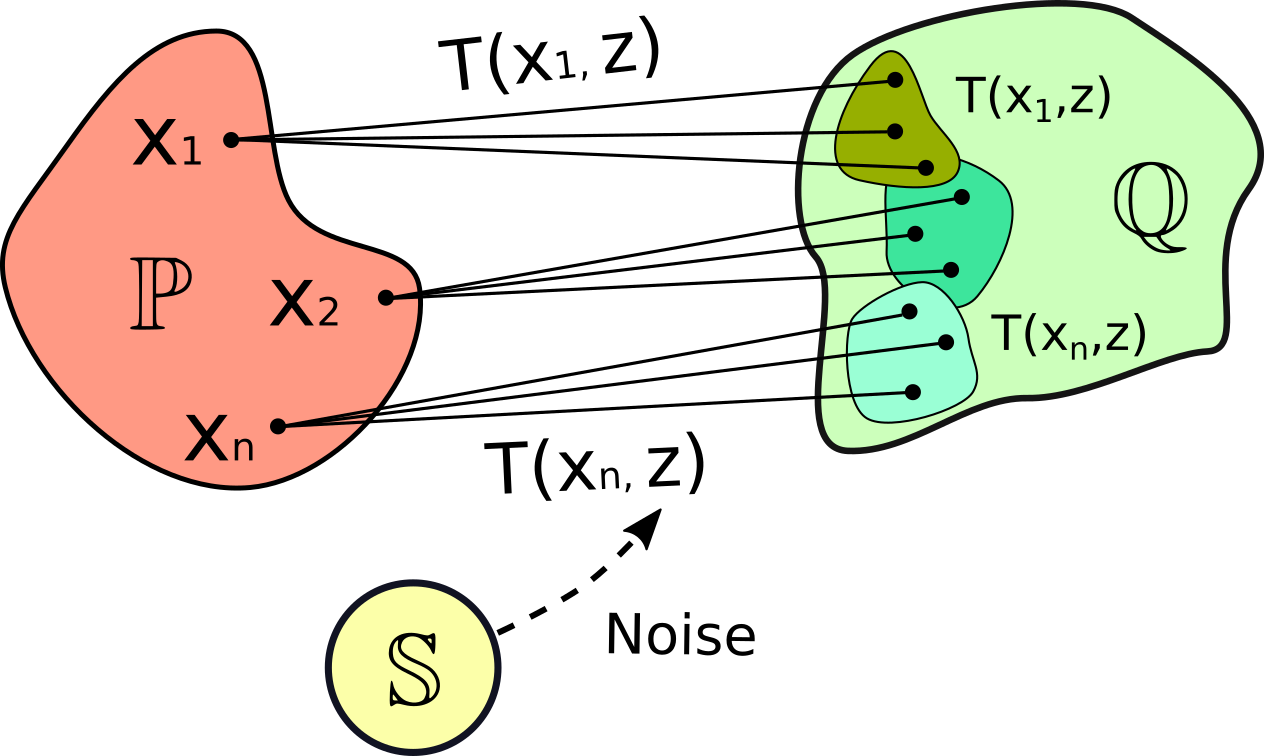Kantorovich Strikes Back! Wasserstein GANs are not Optimal Transport?
Wasserstein Generative Adversarial Networks (WGANs) are the popular generative models built on the theory of Optimal Transport (OT) and the Kantorovich duality. Despite the success of WGANs, it is still unclear how well the underlying OT dual solvers approximate the OT cost (Wasserstein-1 distance, $\mathbb{W}_{1}$) and the OT gradient needed to update the generator. In this paper, we address these questions. We construct 1-Lipschitz functions and use them to build ray monotone transport plans. This strategy yields pairs of continuous benchmark distributions with the analytically known OT plan, OT cost and OT gradient in high-dimensional spaces such as spaces of images. We thoroughly evaluate popular WGAN dual form solvers (gradient penalty, spectral normalization, entropic regularization, etc.) using these benchmark pairs. Even though these solvers perform well in WGANs, none of them faithfully compute $\mathbb{W}_{1}$ in high dimensions. Nevertheless, many provide a meaningful approximation of the OT gradient. These observations suggest that these solvers should not be treated as good estimators of $\mathbb{W}_{1}$, but to some extent they indeed can be used in variational problems requiring the minimization of $\mathbb{W}_{1}$.
PDF Abstract

 CIFAR-10
CIFAR-10
 CelebA
CelebA